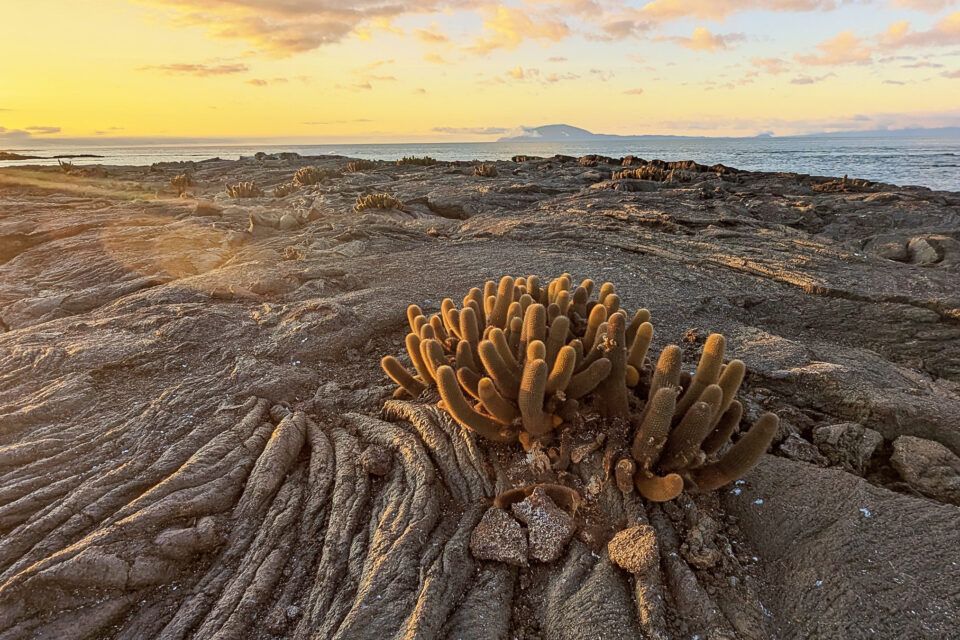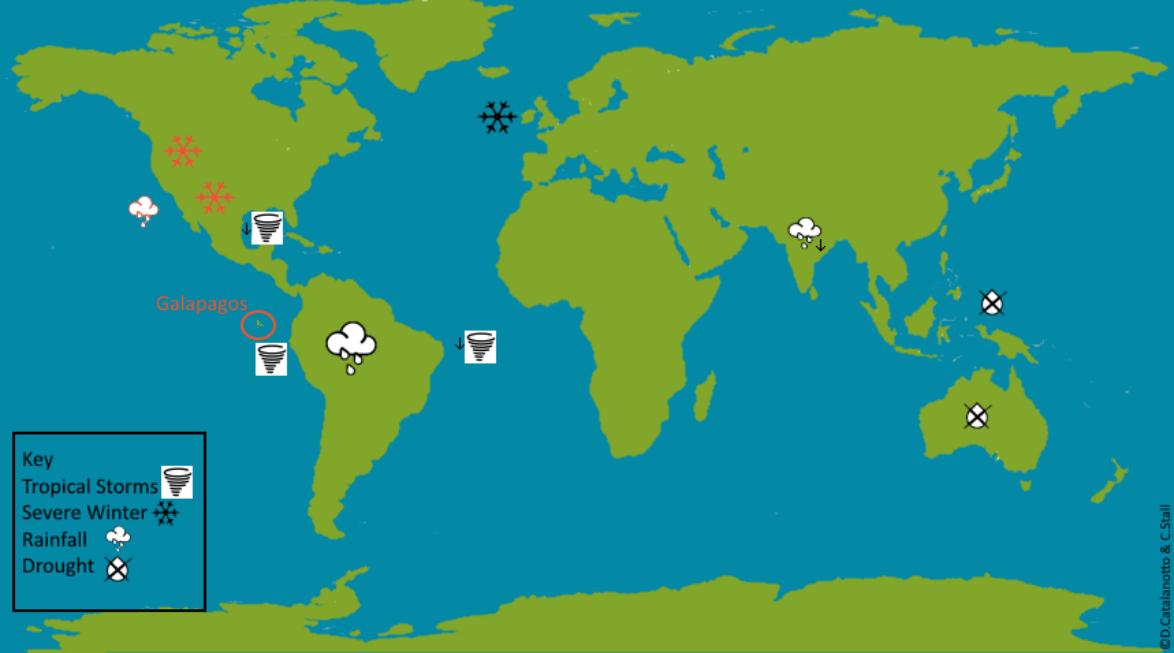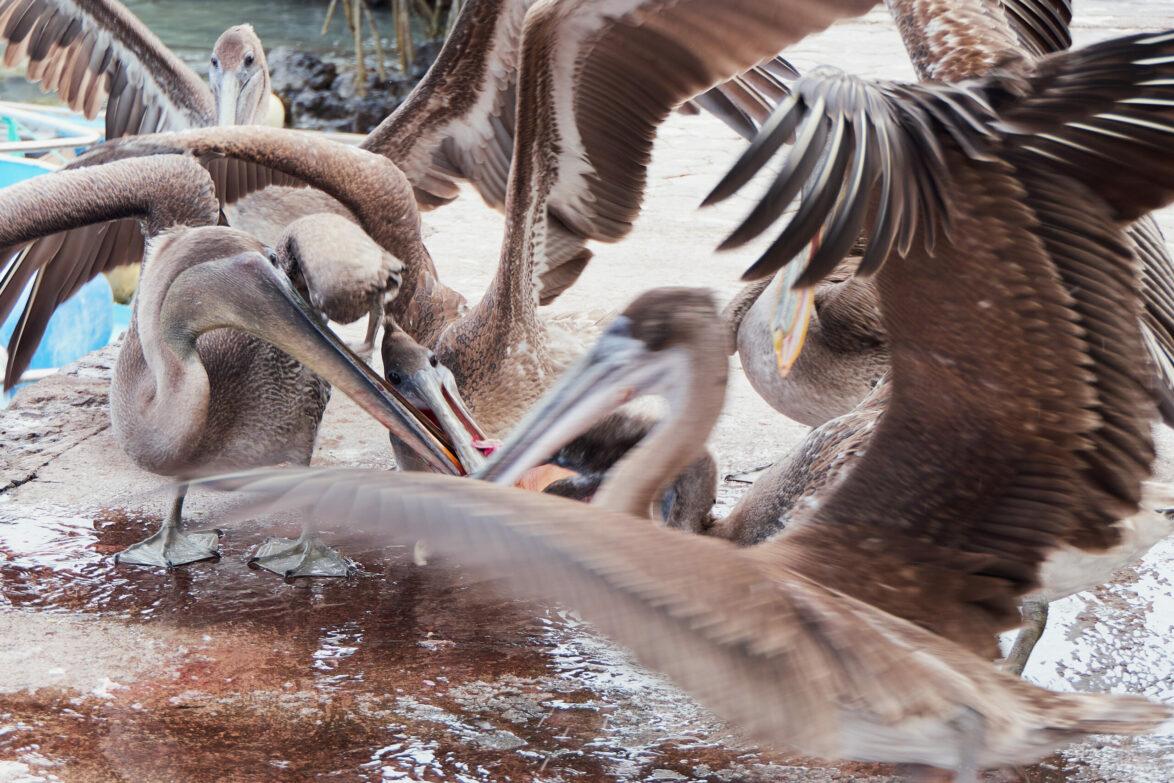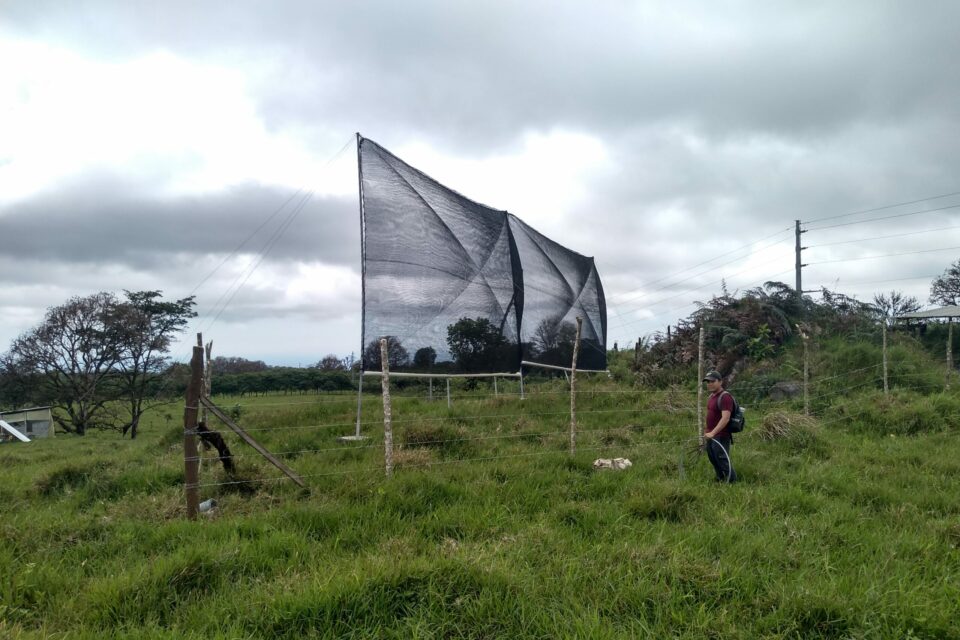

El Niño 2015: Agricultural economies
In El Niño events, it is not only the weather and environment that are significantly impacted but also, on a country-by-country scale, the world’s economy.
One of the most significant impacts from El Niño events is on farming across the world. In countries such as Australia, significant droughts and bushfires cause damage crops like wheat, causing a dramatic economic loss. In the 1982-1983 El Niño disastrous droughts were estimated to have caused in excess of $3billion losses from these reductions in agricultural production. In South American countries heavy rains cause significant floods. This in turn affects livestock production, with increases in flooded areas resulting in less suitable grounds to move cattle to graze or to safety away from the floods. Poorer farmers are the most affected as they lack the resources to more livestock further afield.

Fisheries can also be adversely impacted, with areas off the Pacific coast of South America, including around Galapagos, experiencing reductions in catches. The changes in water temperatures during El Niño years, where colder nutrient-rich waters are replaced with warmer waters, cause a shift in fish migration, which results in lower fish stocks. In the 1982-1983 El Niño year these events led to an estimated $290million loss to Pacific coast fisheries.
This reduction in agricultural activities then leads to changes in commodity pricings. Although the exact changes are dependent on the El Niño event’s strength, overall, commodities which are adversely impacted by the weather events will see prices rise as they become more difficult to attain. For example, Australia’s wheat production accounts for 15% of world wheat exports. As a result of drought, the loss in crops would dramatically reduce economic outputs in Australia. However, the shortfall of wheat across the world would drive up prices in other large exporting countries such as the USA, where wheat prices are already forecast to increase by at least 5% due to the 2015 El Niño predictions. Other commodities expected to increase in price include cocoa, coffee and rice.

What does this mean for Galapagos?
The most significantly impacted economies are those which are highly reliant on such imports, of which Galapagos is one. For example, in 2011 the Galapagos Islands had over 800 tonnes of food imported per month making the Islands highly dependent on imports as a food source, as well as leaving them victim to the commodities price hikes during El Niño events. This demonstrates that although Galapagos is a small archipelago set apart from the rest of the globe, El Niño agricultural impacts thousands of miles away still have dramatic repercussions on the lives of Galapagos inhabitants.
El Niño Watch
Latest updates confirms increasing likelihood of an El Niño event. Positive equatorial sea surface temperature anomalies have continued over most of the Pacific Ocean, leading to the NOAA estimating a greater than 90% change of El Niño which continues into autumn 2015, and an 85% chance it will last through to 2015-16 winter. On 13 August, NOAA announced that the developing El Niño could rank among the strongest on record. As El Niño 2015 is expected to continue through to 2016 and the impact on Galapagos is expected to be so servere it has been announced to expect the Galapagos Islands on the agenda at the upcoming climate talks in Paris in December.
The changes in water temperatures during El Niño years, where colder nutrient-rich waters are replaced with warmer waters, cause a shift in fish migration, which results in lower fish stocks.
Related articles


Climate change and plastic pollution: the inextricable link

Santa Cruz: The Evolution of the Agricultural Zone

